Cover Photo © Nicolás Battini
Description
The Banco Burdwood Marine Protected Area encompasses the water column and benthic space of the submarine plateau known as Banco Burdwood, located 150 km east of Isla de los Estados and south of the Malvinas Islands, and delineated by the 200-meter depth isobath. It constitutes the first oceanic marine protected area in Argentina, created in 2013 and incorporated into the National System of Marine Protected Areas at the end of 2019. The area stands out for its high biodiversity of marine invertebrates, especially vulnerable benthic species, ecosystem builders, such as sponges and cold water corals. It is an area of high primary production and marine biodiversity, generated by the meeting of water masses and their circulation around the submarine bank. The relative isolation conferred by the deep waters surrounding the plateau suggests a particular importance in terms of benthic species endemisms.
Geographic Location
Province
ZEE
Coordinates
-54.42° Latitude S
-59.60° Longitude W
Size and Limits
Total Area:
Marine Area:
Continental Area:
NOTES ON SURFACE ESTIMATION
Area estimated based on the calculation of the area of the polygon represented on the map (ArcGIS PRO) with an Albers Equivalent Conic projection to preserve area calculations.
AMP file in the SIB (Read More)
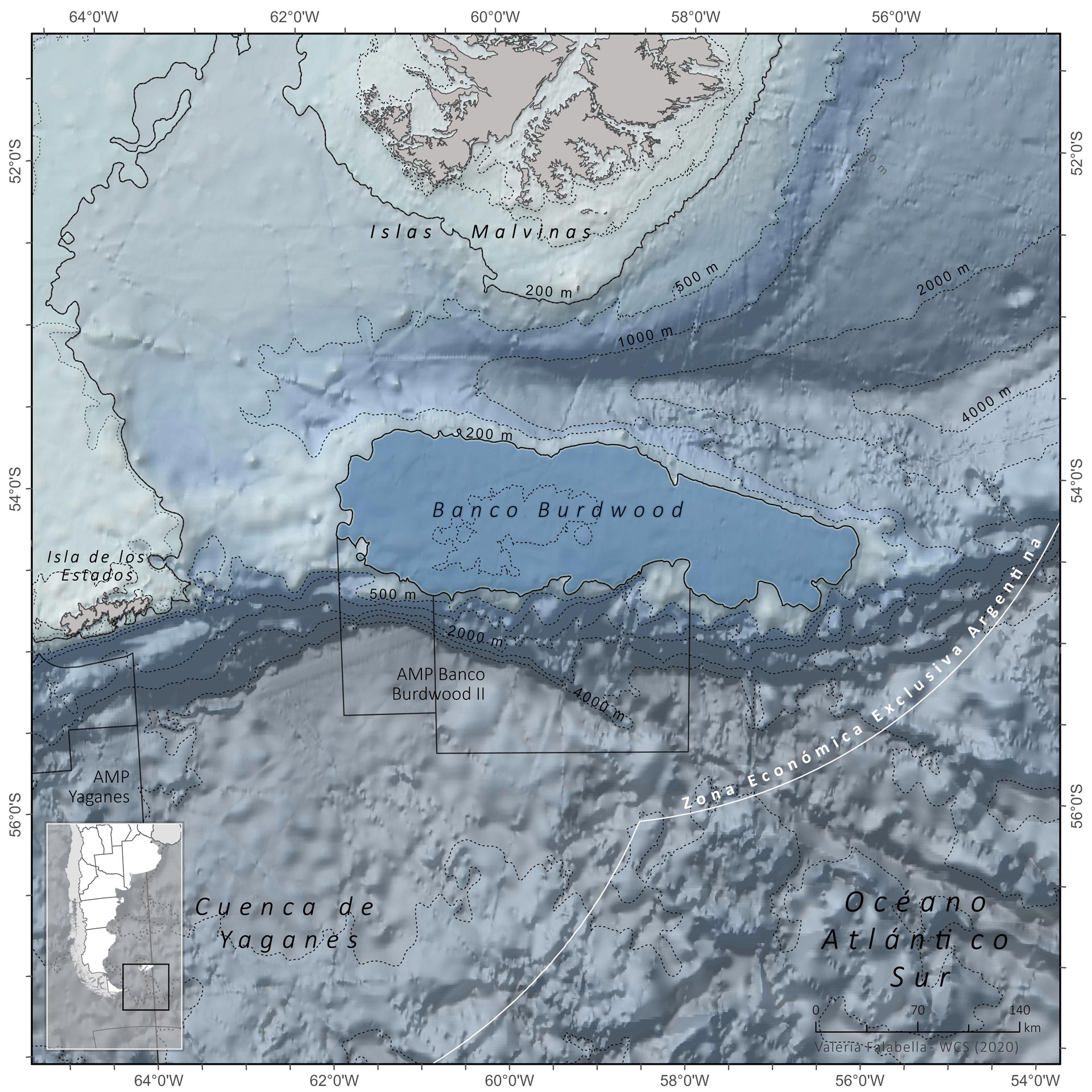
Legal Aspects
Jurisdiction
National
Year of Creation
2013
Creation Legislation
Law 26.875
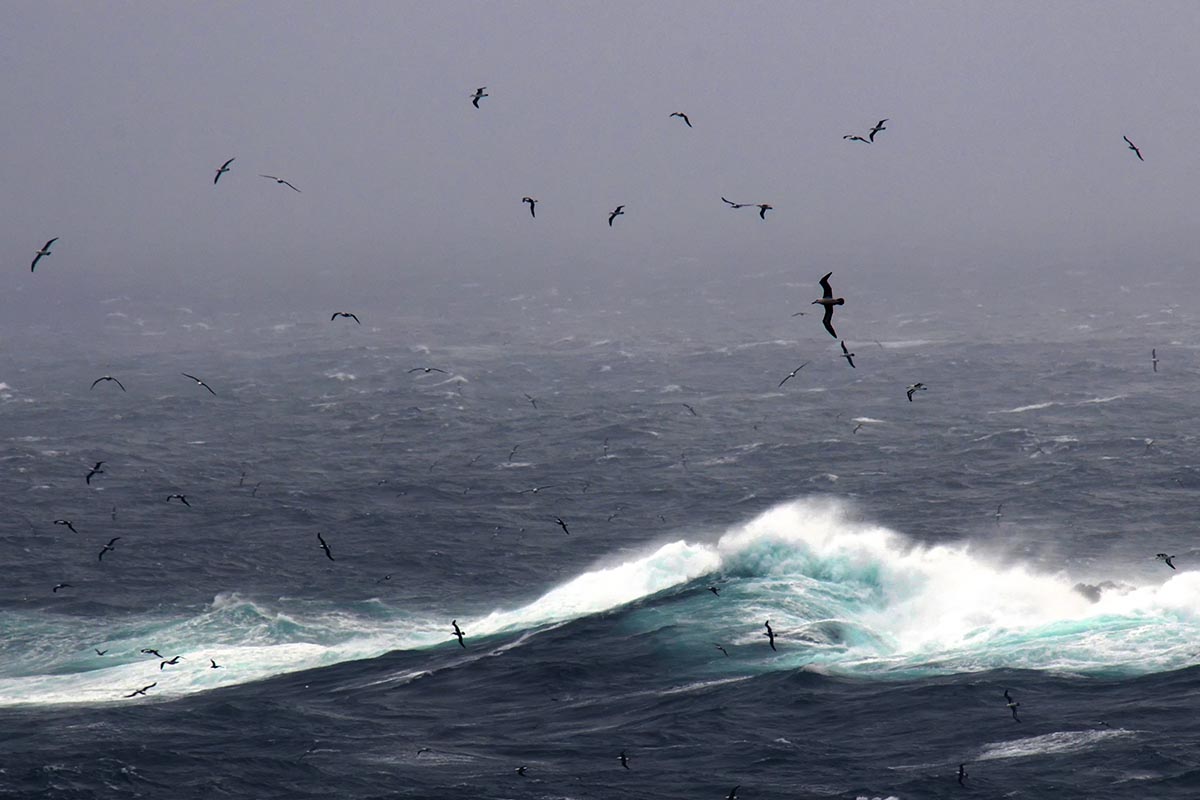

Eco-regions represented
Marine
Magellanic Province
Malvinas Ecoregion
Land
–
Conservation Objectives
Conservation of an area of high environmental sensitivity and importance for the protection and sustainable management of benthic biodiversity.
Promote sustainable environmental and economic management of the benthic marine ecosystems of the Argentine marine platform using this area as a sample area.
Further scientific research oriented to applying an ecosystem approach to fishing, and to mitigate effects of global change.
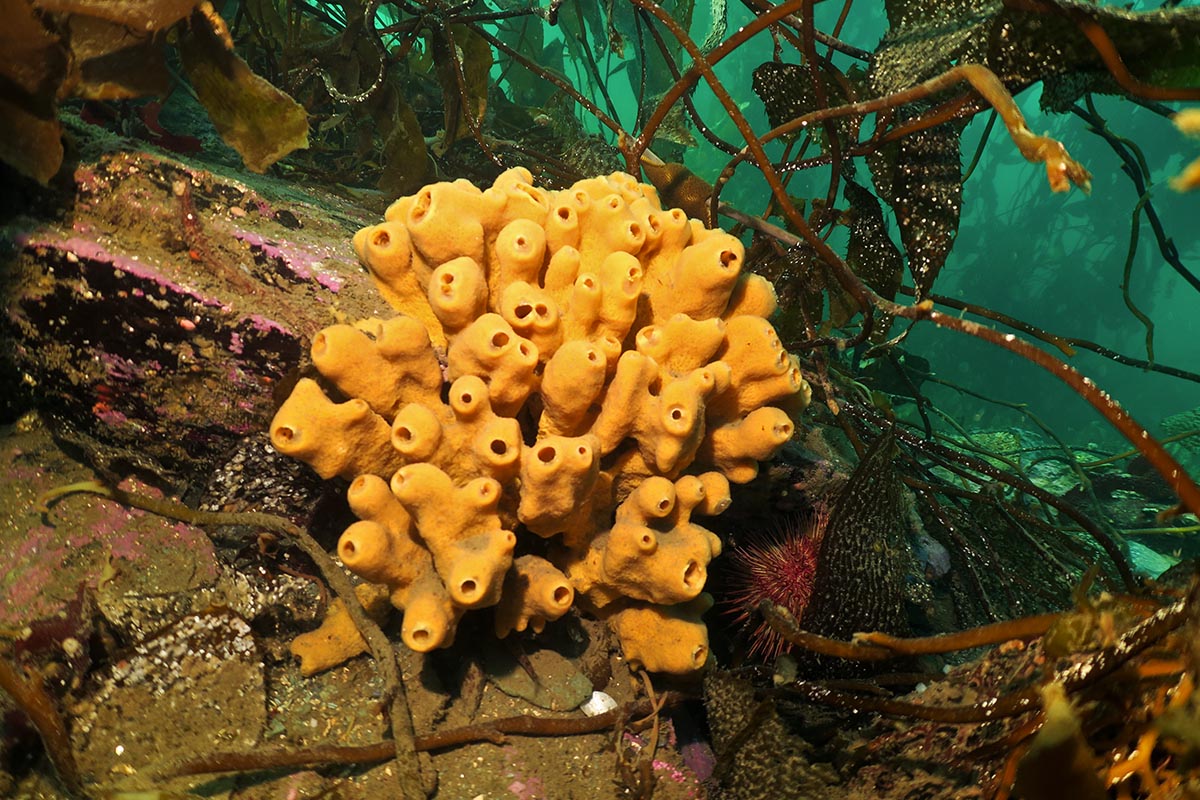
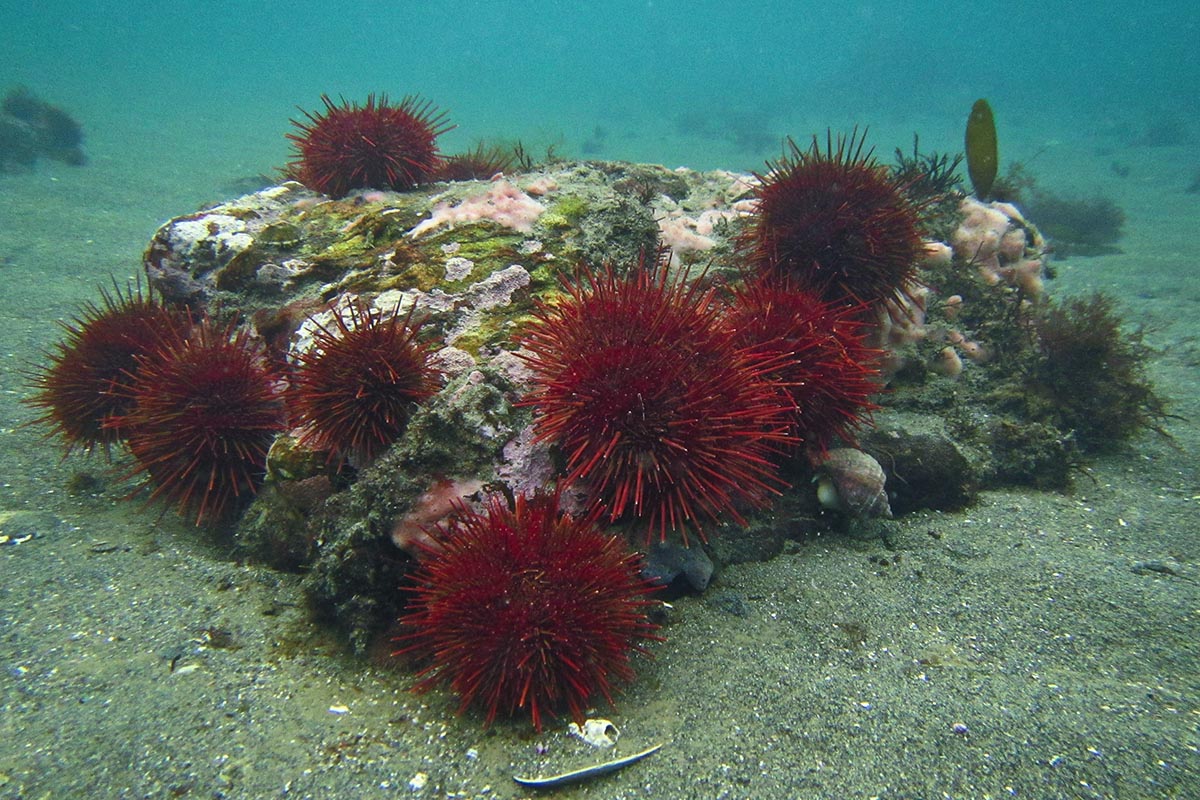

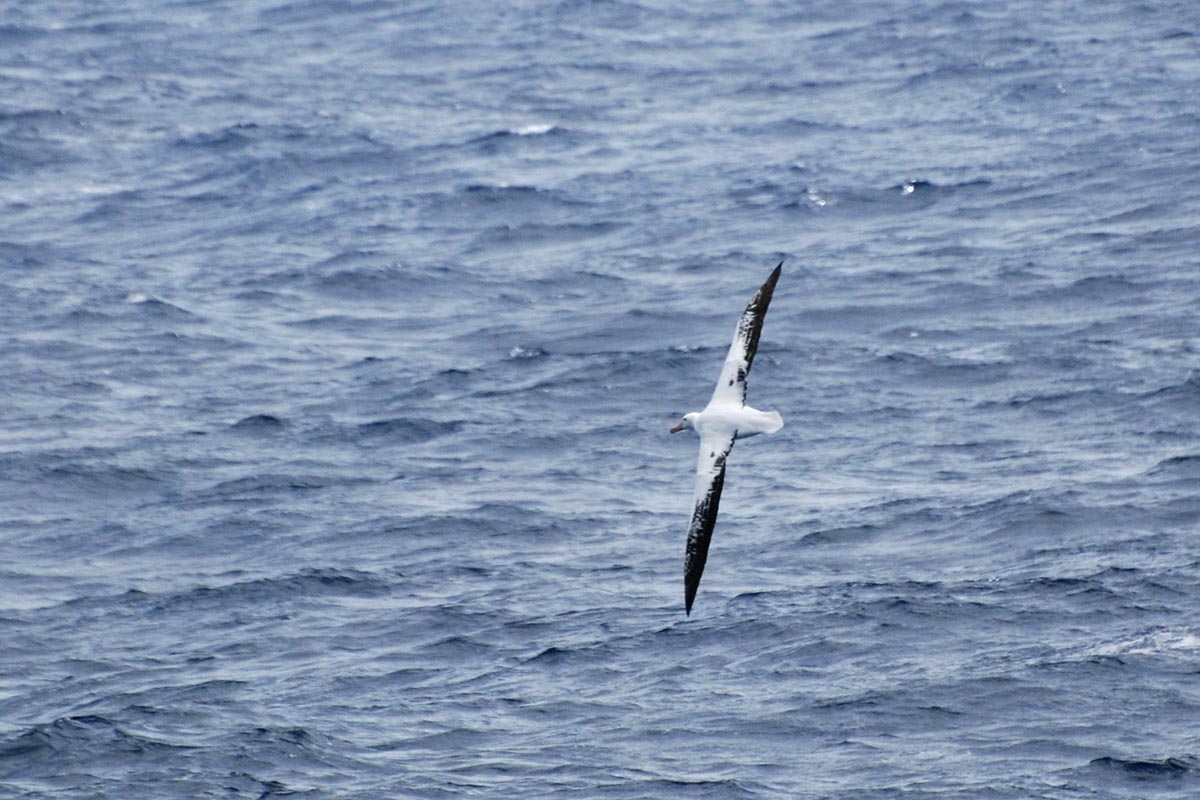
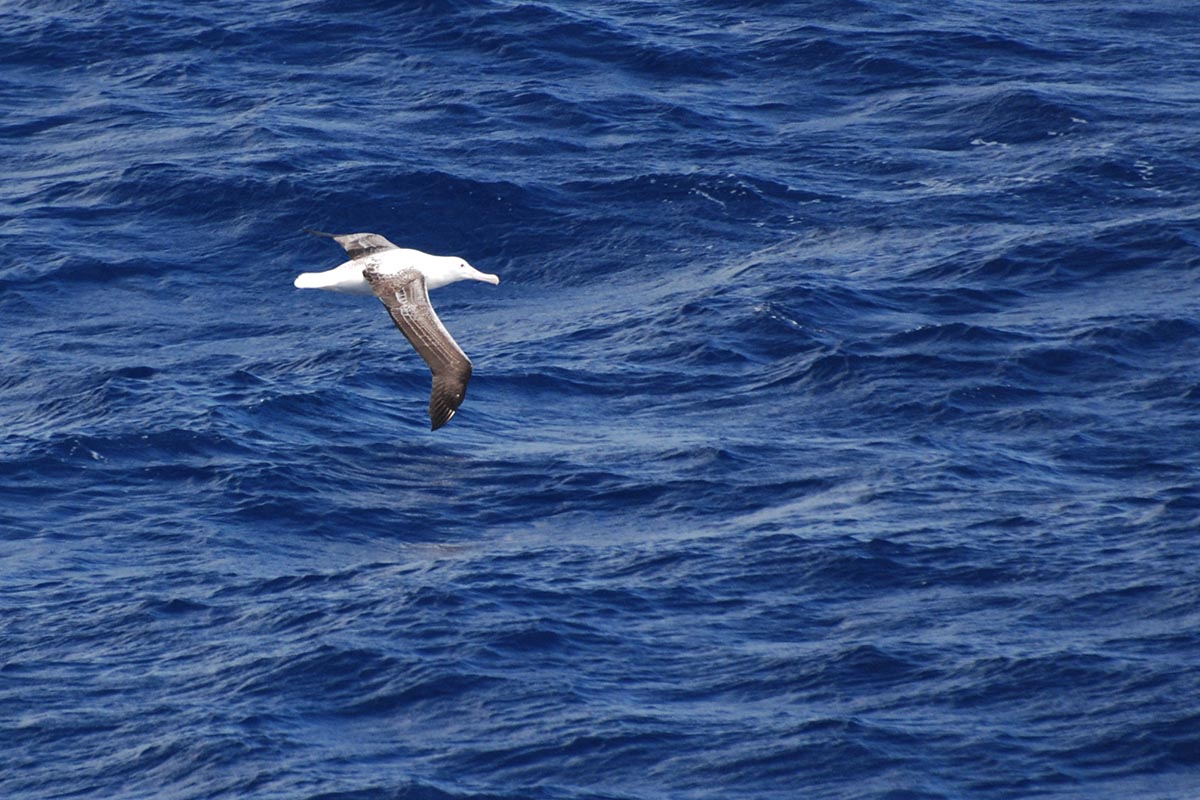

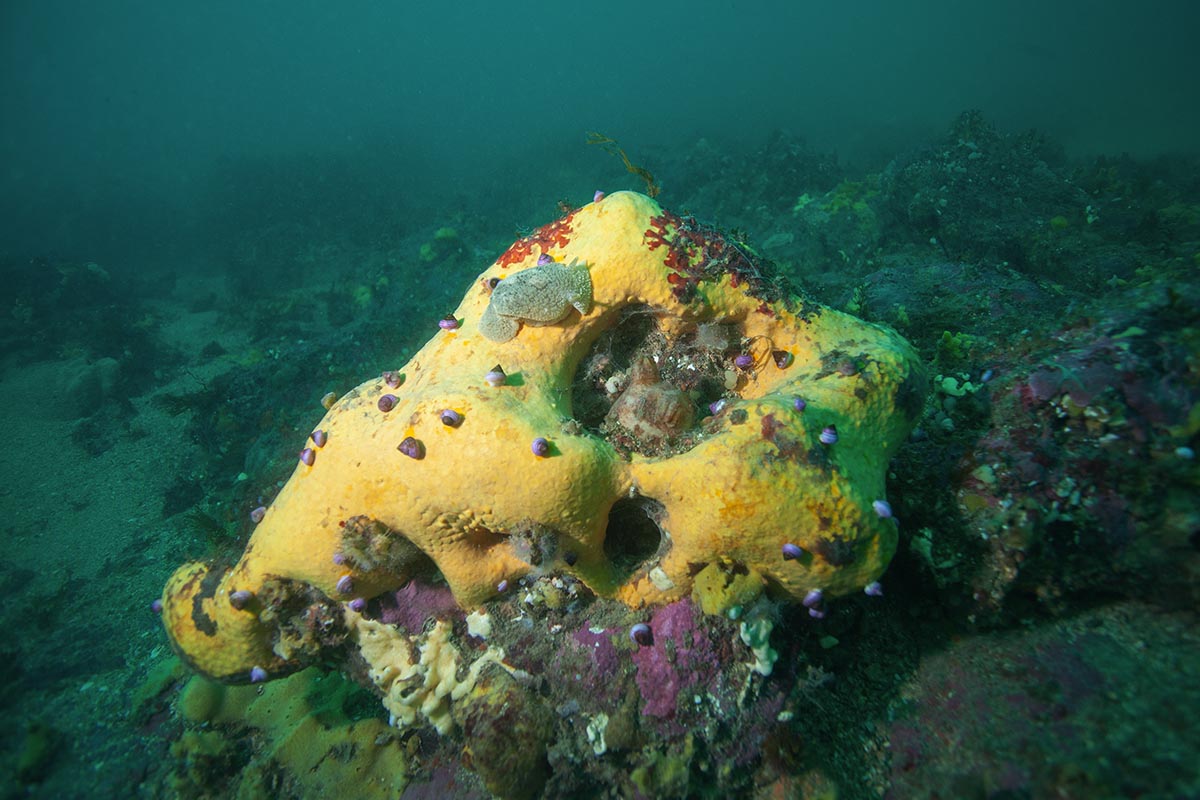


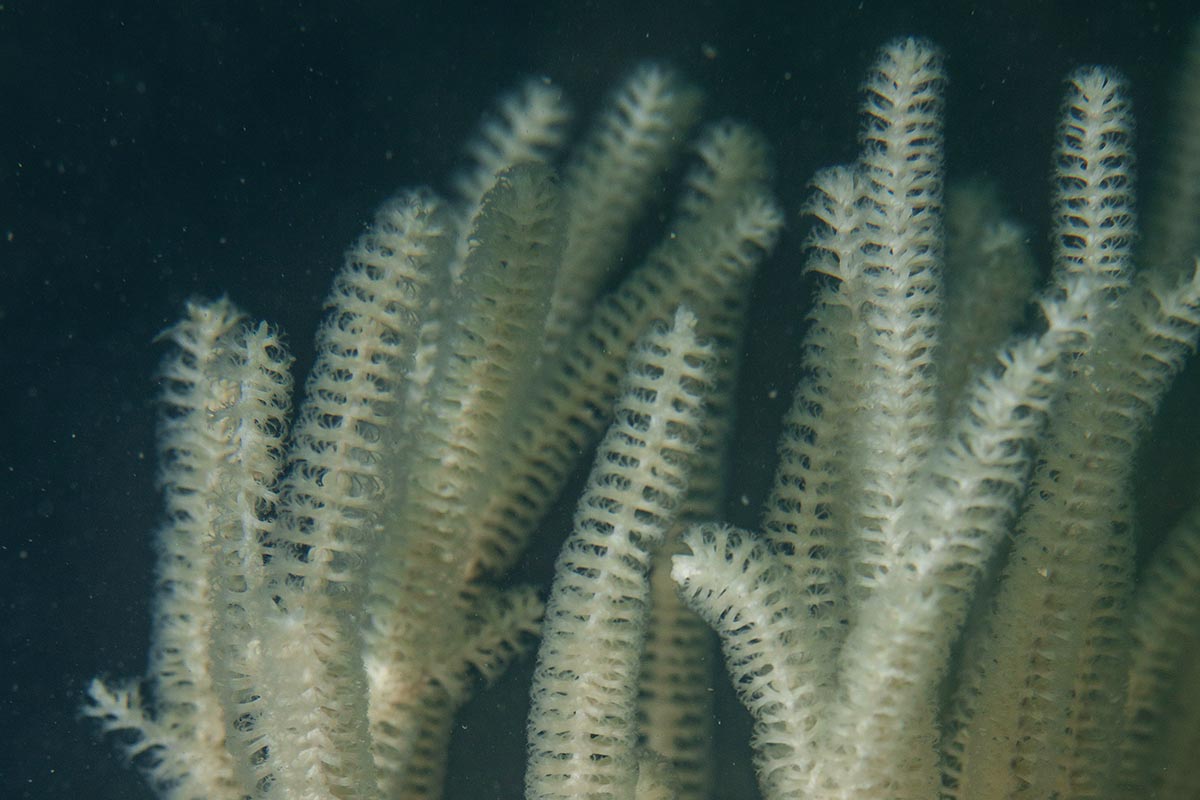
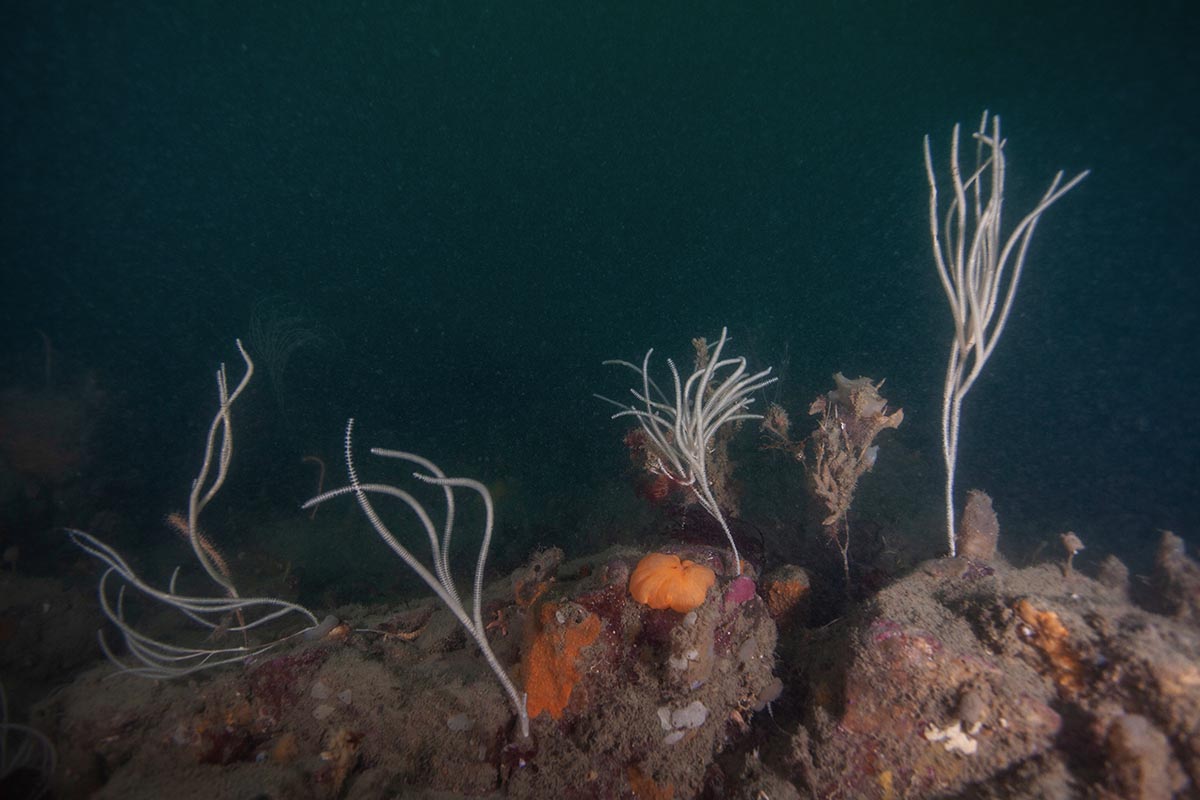
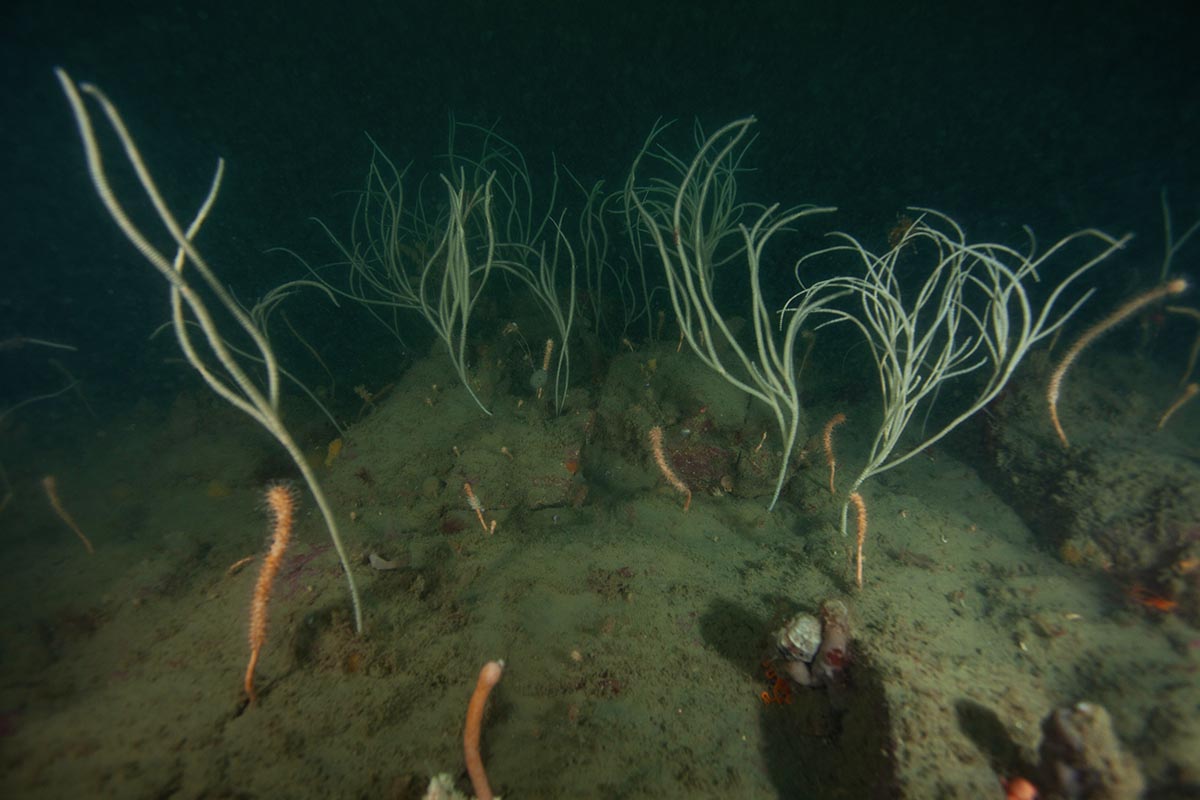

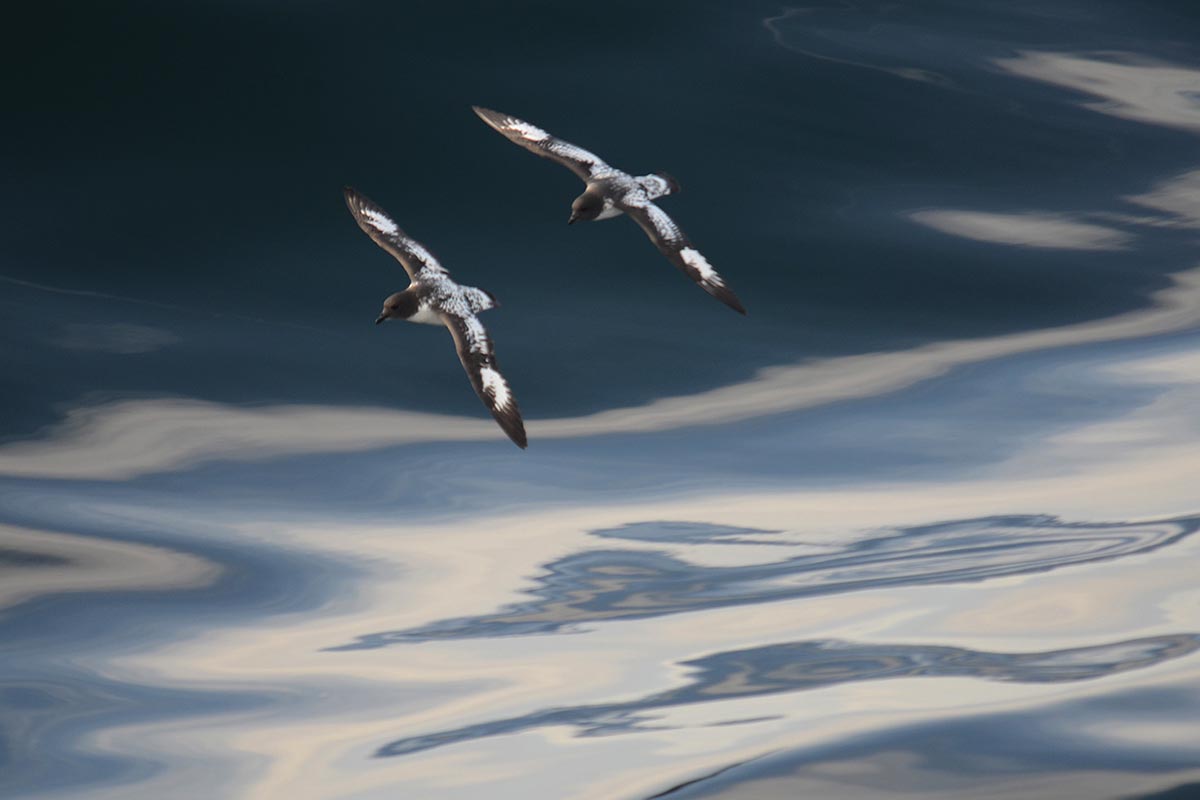
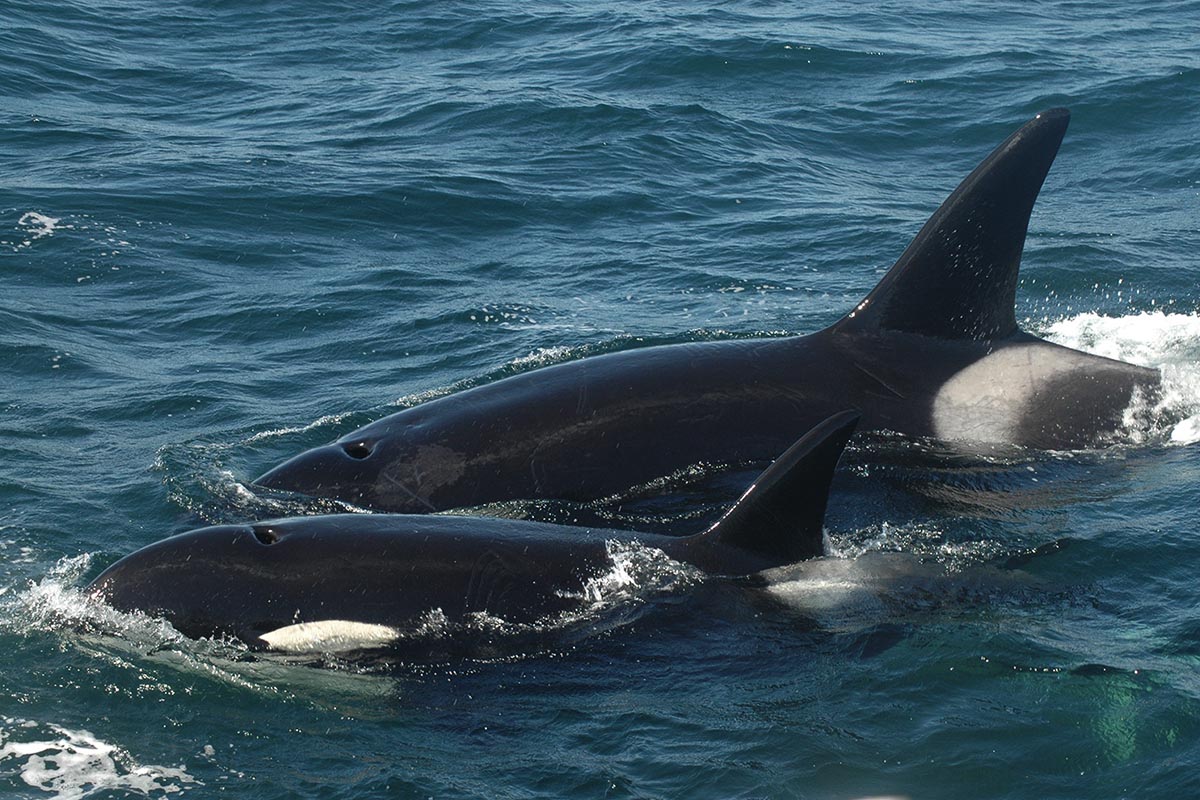
Conservation values
a) Area of high biodiversity: compared to the surrounding oceanic areas, the BB represents a sector of high biological diversity for the region.
b) Presence of endemic species: these are unique species that only occur naturally in a certain geographic area. This gives them a special degree of vulnerability, since their representation is limited to the area of endemism, and as part of the trophic webs, the communities may depend on them. Likewise, they could represent valuable genetic resources for the country.
c) Cold water corals: this group, present in the BB with a high degree of endemism, is represented by species that are particularly vulnerable, fragile and of very slow growth and recovery.
d) Commercially important demersal fish: mainly notothenids and Patagonian toothfish.
e) Animal forest: this is the name given to benthic communities made up of sponges, cnidarians,
ascidians and bryozoans, among other suspensivorous invertebrates, which capture carbon and nitrogen and retain it, fulfilling functions equivalent to those of forests on land. Being recognized as formers of three-dimensional structures, they can be considered “ecosystem engineers”, since they facilitate the maturation and increase of community diversity over time.
f) Transit zone for migratory species: although it is not a special breeding and reproduction area, it is a feeding area for top predators of migratory species, particularly birds and marine mammals. In many cases they represent species with varying degrees of threats and are protected by international conventions such as the International Whaling Commission, the Convention on Migratory Species and the Agreement on the Conservation of Albatrosses and Petrels, or by national laws such as Law No. 23094, which declares the southern right whale a national monument, Law No. 25052, which prohibits the hunting or capture of killer whales, and Law No. 25577, which prohibits the intentional hunting or capture of certain cetaceans.
g) Trophic webs: the protection and sustainable management of the seabed, as one of the objectives of the creation of the AMPNBB, depends entirely on the conservation of the complex trophic webs of the system, on which the benthic communities depend.
h) Presence of microfossils: it is of strategic importance for obtaining data and generating information that allows inferring the situation and climatic and environmental variations that have occurred over time on a geological scale.
i) Geological richness: understood as the variety of geological elements, including rocks, minerals, fossils, soils, landforms, geological formations and units and submarine landscapes present in the area, which are the product and record of the Earth’s evolution. These geological manifestations allow us to know, study and interpret the origin and evolution of the Earth and the processes that have modeled it, being considered of high value their rarity, scarcity, uniqueness or representativeness within the geology of the area, that is, their scientific interest, intrinsic value, potential for use and risk of degradation.
j) Fish spawning and nursery area in areas surrounding the AMPNBB: there is evidence that the AMPNBB and its surroundings constitute spawning and nursery areas for species of commercial interest such as pollock, Patagonian toothfish and fueguina sardine. In this sense, the ecosystemic functional processes are fundamental to sustain these functions in the area.
k) Nutrient supply zone: the currents that surround the bank emerge through canyons that facilitate the ascent and
facilitate the ascent and upwelling of nutrients that are determinants of the productivity that sustains the area’s biodiversity.
l) High concentration of chlorophyll: reflects high primary productivity and carbon fixation, supporting the complex trophic webs and ecosystem functions.
Management
Implementing Authority
National Directorate of Marine Protected Areas. National Parks Administration Institute
Year of Management Plan approval
2016
Management effectiveness and evaluation year
21 % – METT Evaluation (2014)
Sources consulted:
Creation Law No. 26,875 (2013).
Management Plan (2016)
Falabella (2017)
Decree 888/2019

